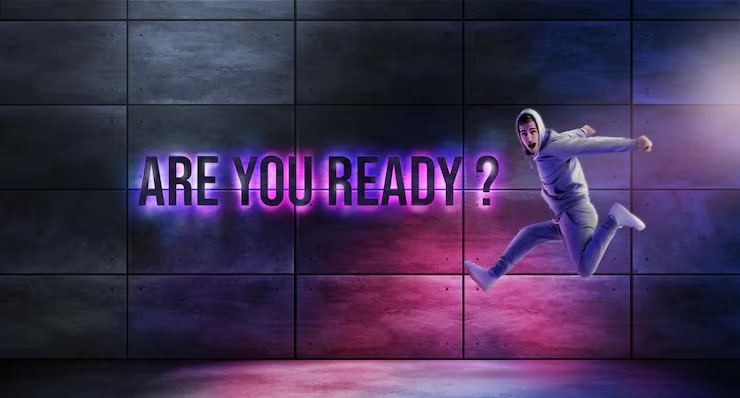The Rise of 3D Billboards: Capturing Attention with Visual Innovation

In an age of scrolling screens and short attention spans, traditional advertising methods are being reimagined. At the forefront of this transformation is one of the most visually arresting formats yet—3D billboards. These dynamic, hyper-realistic displays are redefining how brands command attention in public spaces and sparking a new era of visual innovation in out-of-home (OOH) advertising.
From Times Square to Tokyo’s Shinjuku Crossing, 3D billboards are becoming a viral phenomenon—blending artistry, technology, and storytelling to stop people in their tracks. But beyond the wow factor, these installations offer powerful benefits for brands looking to stand out, engage deeply, and create memorable experiences.
What Are 3D Billboards?
3D billboards are large-scale digital screens that use anamorphic illusion—a type of optical illusion that creates a sense of depth and motion when viewed from specific angles. These displays appear to "break out" of their physical frames, making objects or characters look as though they’re emerging into the real world.
They often involve:
- High-resolution LED screens
- Carefully calculated perspective mapping
- Advanced CGI and motion graphics
- Real-time rendering in some cases (with 5G and AI integration)
The result? An ad that doesn’t just show—it performs.
Why 3D Billboards Are Gaining Momentum
1. Unmatched Stopping Power
In the battle for consumer attention, 3D billboards are nearly impossible to ignore. Whether it’s a tiger leaping out of a corner screen or a sneaker spinning in the sky, the illusion of three-dimensional movement cuts through the clutter of urban environments and captivates audiences.
This high-impact visual storytelling is especially valuable in crowded metros and commercial hubs where attention is fleeting.
2. Viral Potential
One of the unique advantages of 3D OOH is its shareability. These billboards aren’t just meant for foot traffic—they're designed to go viral online. Spectators often record these ads and share them on social media, leading to millions of organic views.
Campaigns by brands like Nike, Netflix, Balenciaga, and Samsung have generated global buzz—not just in physical locations but across platforms like Instagram, TikTok, and YouTube. It’s earned media at scale.
3. Brand Differentiation and Innovation
Investing in a 3D billboard signals boldness and creativity. It shows that a brand is willing to push boundaries and embrace futuristic storytelling. This is particularly effective for product launches, fashion lines, tech reveals, or high-stakes seasonal campaigns.
A well-executed 3D ad doesn’t just promote a product—it positions the brand as an innovator.
How Brands Are Using 3D OOH Effectively
Tech & Electronics
Samsung launched its Galaxy series with a 3D ad showing the phone spinning and bursting out of the screen. The visual emphasized sleek design and cutting-edge tech—perfect for early adopters.
Fashion & Footwear
Adidas used 3D billboards to showcase floating sneakers that rotated mid-air and interacted with viewers. The campaign highlighted style, innovation, and motion—core to the brand’s identity.
Entertainment & OTT
Netflix has repeatedly used 3D installations to promote shows and movies. In Japan, a Stranger Things campaign featured creatures crawling out of the billboard—synching perfectly with the series’ eerie vibe.
Technology Behind the Scenes
Creating a 3D billboard involves several steps:
- Anamorphic Design: Designing visuals to match the screen’s curvature and viewer's vantage point
- 3D Modeling & Animation: Developing CGI assets that simulate depth, shadows, and motion
- Precision Mapping: Aligning every element to screen resolution and real-world dimensions
- Playback Systems: Running smooth, high-fidelity content with minimal latency
Increasingly, AI, motion sensors, and AR layers are being integrated to take 3D billboards from illusion to interaction.
Challenges and Considerations
As with any advanced advertising format, 3D billboards come with their own set of challenges:
- Cost: High production and screen installation costs limit widespread usage.
- Location Limitations: Requires a screen at a prime location with the right angle and footfall.
- Creative Complexity: Designing the illusion demands technical expertise and careful execution.
- Time Sensitivity: Campaigns may need to be short-lived or time-bound due to high expenses.
However, the ROI—especially in terms of brand awareness, social media virality, and consumer recall—often justifies the investment.
The Future of 3D OOH
3D billboards are just the beginning of a larger phygital (physical + digital) trend in advertising. As technology advances, we can expect:
- Interactive 3D ads that respond to viewers' movement or gaze
- Integration with AR for extended mobile engagement
- Real-time 3D rendering with 5G and cloud platforms
- Localized storytelling with geo-targeted 3D creative
Imagine walking past a billboard that knows the time of day, weather, and local mood—and changes the 3D content accordingly. That’s not science fiction. That’s the near future of OOH.
Advertising That Feels Like Magic
The rise of 3D billboards marks a turning point in how brands show up in public spaces. They aren’t just selling—they’re entertaining, mesmerizing, and creating shared moments that stick in memory and spread like wildfire.
At Brand Republic, we believe that the next wave of successful advertising belongs to brands that combine tech innovation with emotional engagement. And in that world, 3D OOH is not just an option—it’s an opportunity.
Want to see your brand break the screen? Let’s build the illusion that becomes your next reality.
